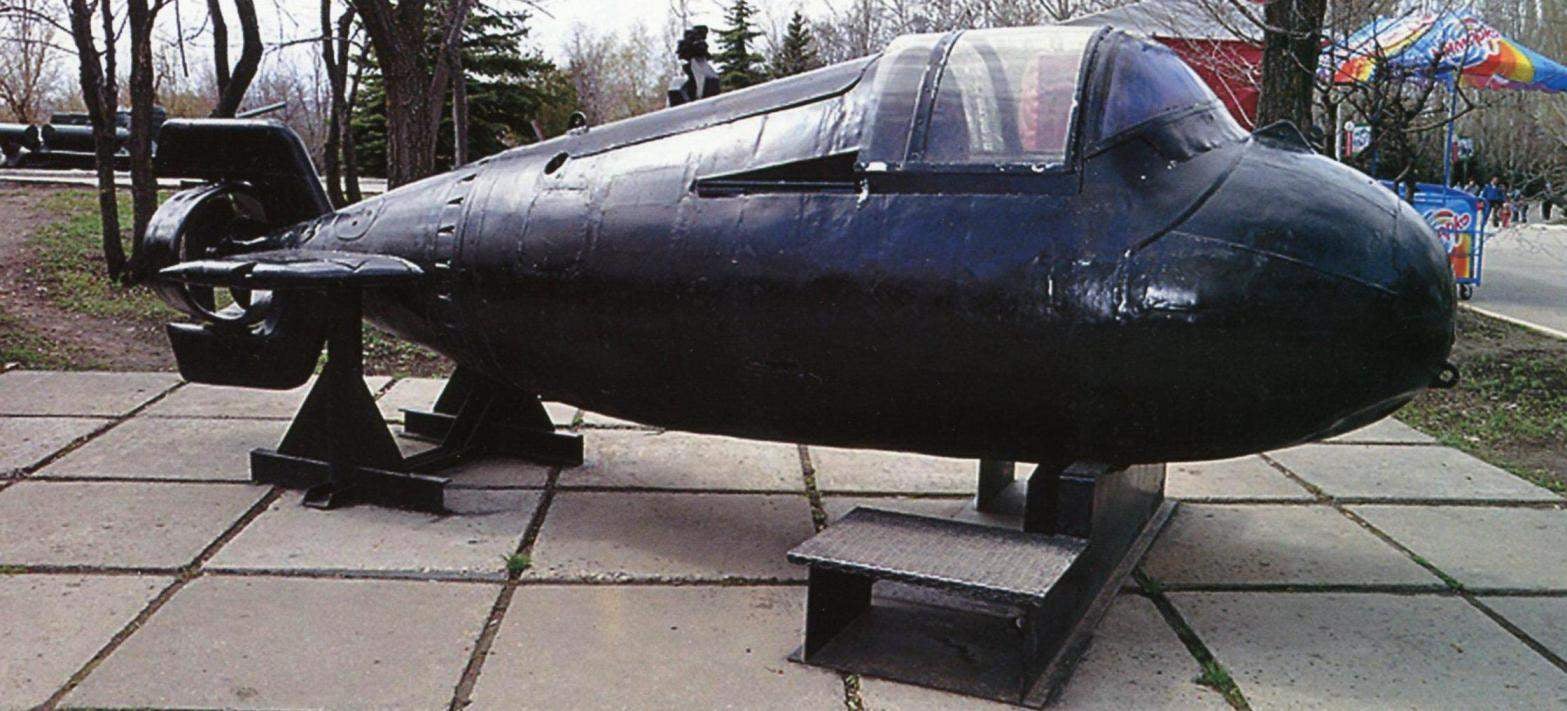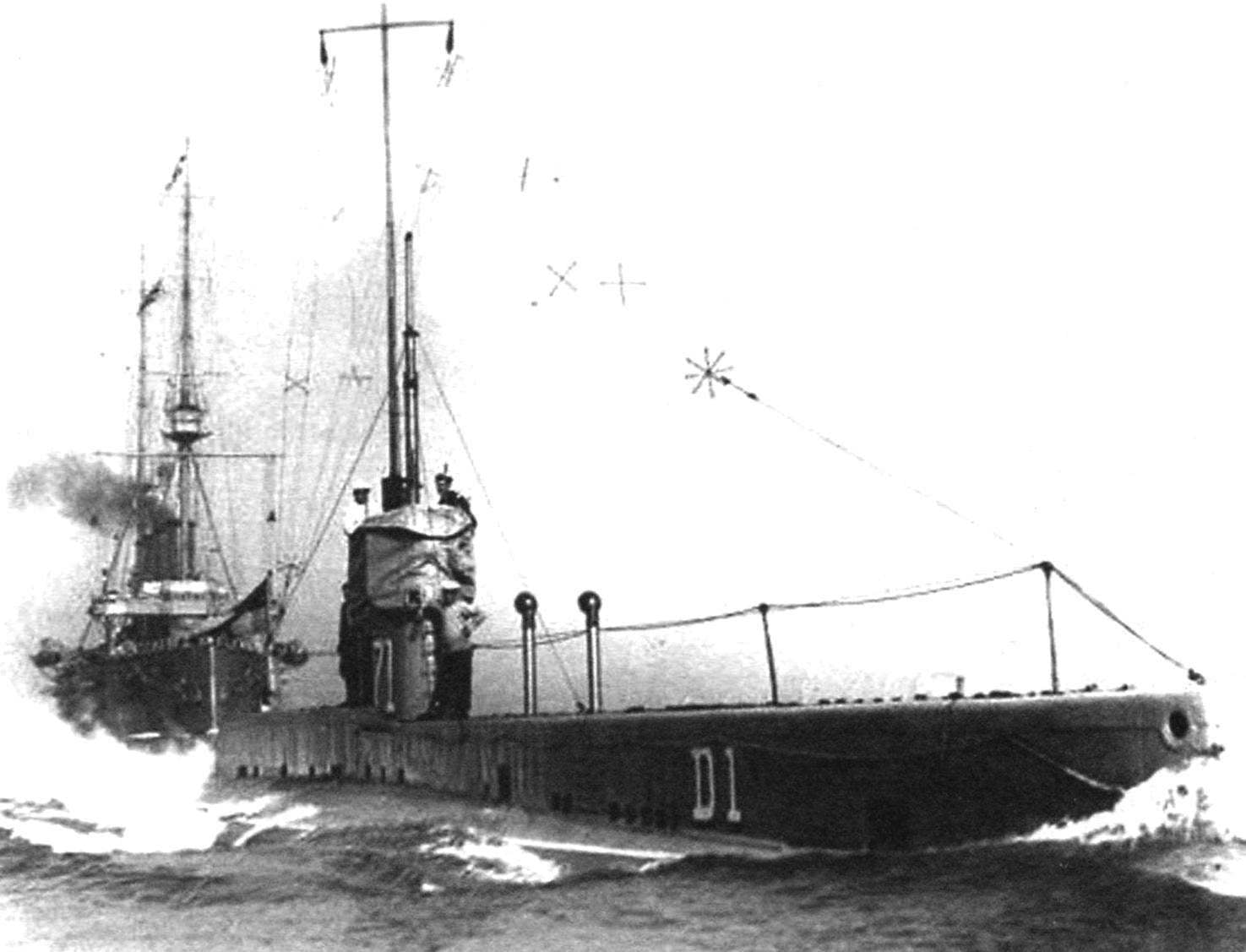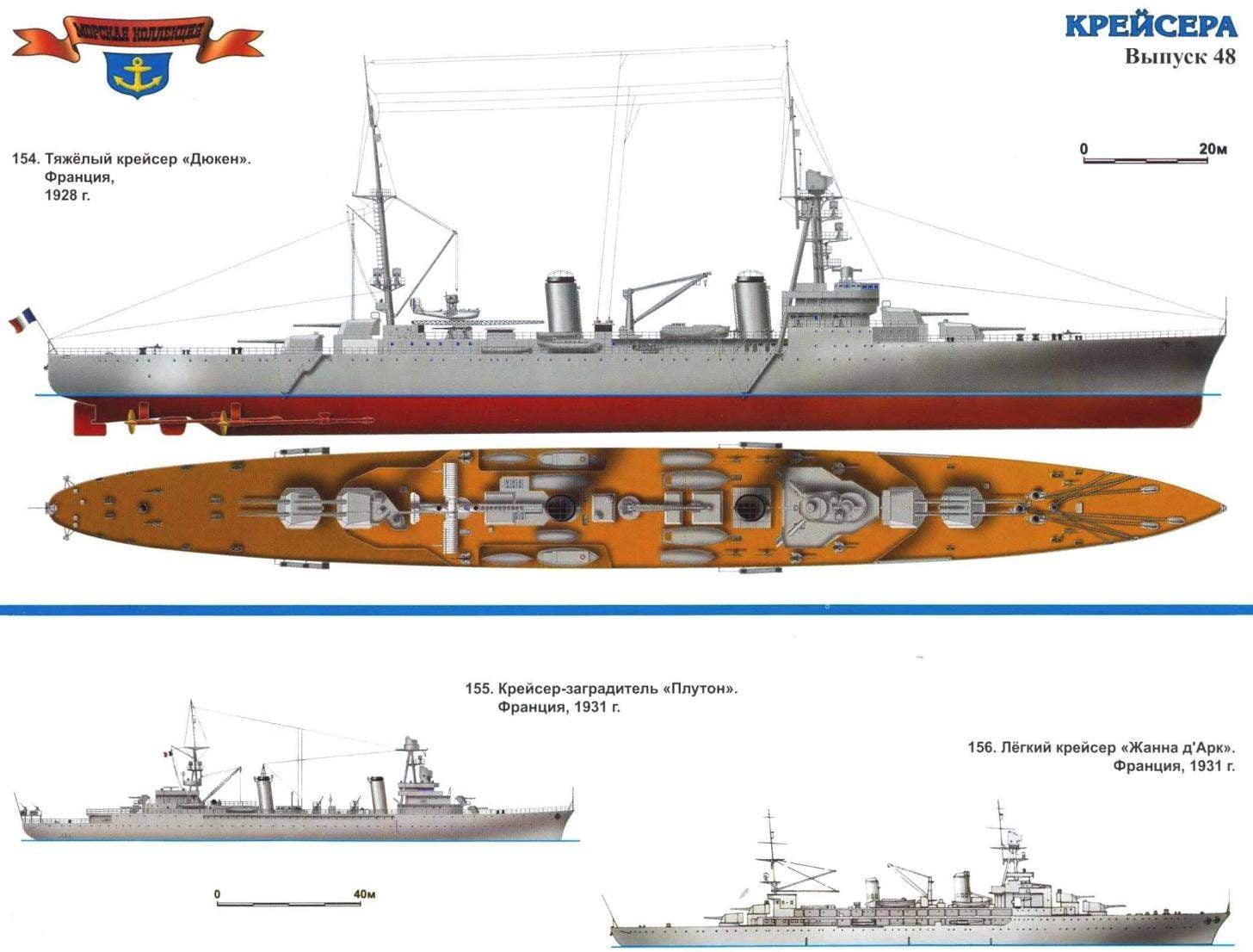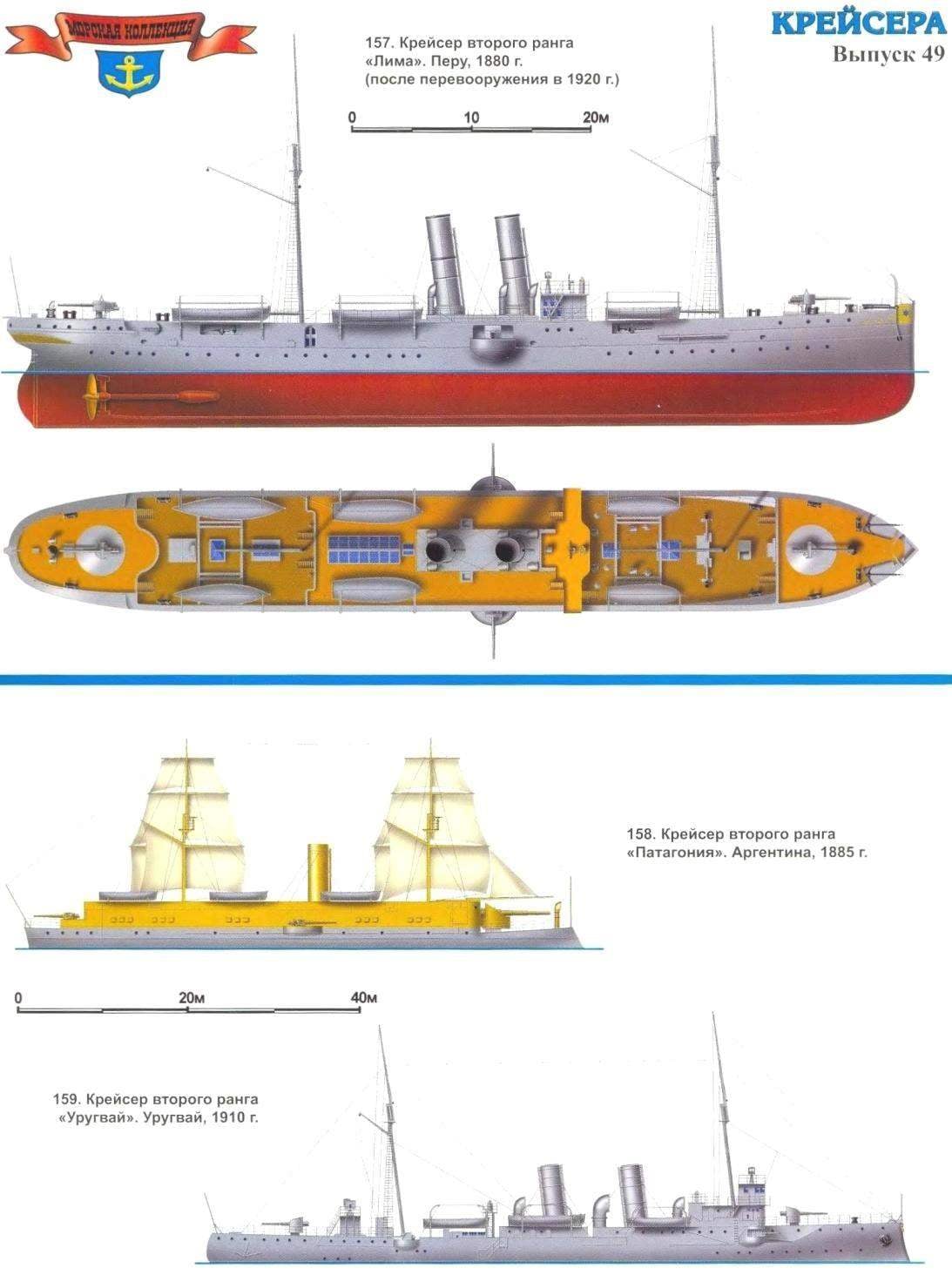 Two decades on the verge of XIX and XX centuries were years of turning the cruiser into a real fighting machine. Continuously growing sizes; armored vehicles gave way to armored, the latter suddenly replaced by a linear one. In parallel, there is a subclass of fast light cruisers scouts, which gradually became the main one. But all these types and varieties intended for combat — or as part of squadrons of “large fleets”, or when solitary hunt for their own kind. Naval experts and the developers did not forget about such tasks as intelligence (in the interests of the same “big boys”) or mine production. But the result in the famous “paddock” was a major historical mission of the cruiser hunt for the merchant ships of the enemy.
Two decades on the verge of XIX and XX centuries were years of turning the cruiser into a real fighting machine. Continuously growing sizes; armored vehicles gave way to armored, the latter suddenly replaced by a linear one. In parallel, there is a subclass of fast light cruisers scouts, which gradually became the main one. But all these types and varieties intended for combat — or as part of squadrons of “large fleets”, or when solitary hunt for their own kind. Naval experts and the developers did not forget about such tasks as intelligence (in the interests of the same “big boys”) or mine production. But the result in the famous “paddock” was a major historical mission of the cruiser hunt for the merchant ships of the enemy.
Marine
IN A STRANGE FEAST HANGOVER…
 We have already talked about several episodes of the British cruisers, latecomers to participate in fighting the Great (First world) war. But the “mistress of the seas” and are not left alone. The others made where large and absurd mistakes, remained throughout the five years of war entirely without much-needed combat units, which are then rebuilt “into the void”, or even never born.
We have already talked about several episodes of the British cruisers, latecomers to participate in fighting the Great (First world) war. But the “mistress of the seas” and are not left alone. The others made where large and absurd mistakes, remained throughout the five years of war entirely without much-needed combat units, which are then rebuilt “into the void”, or even never born.
CRUISER PORTUGAL
 Portuguese offensive was not a complete surprise for the German side. Part of the land to the South of the Ruvuma river on the German-Portuguese boundary in East Africa, the Germans captured in 1892, despite the Protocol of 1886, gave them Portugal. Since then, the Portuguese were looking for a convenient excuse to take back what is rightfully considered his. But, capturing approximately 45 hectares, the troops rested in the river, and the attack itself was a failure. In distant Africa came trench warfare.
Portuguese offensive was not a complete surprise for the German side. Part of the land to the South of the Ruvuma river on the German-Portuguese boundary in East Africa, the Germans captured in 1892, despite the Protocol of 1886, gave them Portugal. Since then, the Portuguese were looking for a convenient excuse to take back what is rightfully considered his. But, capturing approximately 45 hectares, the troops rested in the river, and the attack itself was a failure. In distant Africa came trench warfare.
“LATE TO THE TABLE”
 Ships built for combat — the approval that seems quite obvious. However, many warships of various classes and sizes and failed never “smell the gunpowder”. Fortunately for mankind in the XX century the number of universal war, seized most of the planet, limited to two, otherwise it could not survive. But. that is a grief for many people, it becomes a moment of truth for combat vehicles, specifically created for the rare moments of sea battles.
Ships built for combat — the approval that seems quite obvious. However, many warships of various classes and sizes and failed never “smell the gunpowder”. Fortunately for mankind in the XX century the number of universal war, seized most of the planet, limited to two, otherwise it could not survive. But. that is a grief for many people, it becomes a moment of truth for combat vehicles, specifically created for the rare moments of sea battles.
THE DESTROYER “DARING”
 By the beginning of world war II, Soviet destroyers and leaders in its combat performance characteristics superior to the best ships of the same class built in other countries. Destroyers types of “Angry” and “Watchdog” and leader of the “Leningrad” was armed with 130-mm guns, three -, and four torpedo tubes, and twin anti-aircraft machine-guns had Paravan guardians carried on Board depth charges and mines boom. Power of artillery and volley firing range, these ships had a significant advantage over the latest at the time of the German destroyers series and 2 American style “Bristol”.
By the beginning of world war II, Soviet destroyers and leaders in its combat performance characteristics superior to the best ships of the same class built in other countries. Destroyers types of “Angry” and “Watchdog” and leader of the “Leningrad” was armed with 130-mm guns, three -, and four torpedo tubes, and twin anti-aircraft machine-guns had Paravan guardians carried on Board depth charges and mines boom. Power of artillery and volley firing range, these ships had a significant advantage over the latest at the time of the German destroyers series and 2 American style “Bristol”.“PYGMY”, “SIREN”, “TRITON” MADE IN THE USSR
 In 1921 – 1939 in Leningrad acted Special technical Bureau for military inventions (Sptecbureau), it was headed by engineer V. I. Bekauri. In 1934 in a 1st division Sptecbureau was formed by a group of dedicated submarines. Her first project embodied in the metal, was the midget submarine APSS (aerobody self-propelled projectile), representing odnostolpnoy the boat-the torpedo with a displacement of 8.5 tons. APSS was controlled by radio (VHF and LW) during visual tracking of a plane or ship. There was a possibility and manual control.
In 1921 – 1939 in Leningrad acted Special technical Bureau for military inventions (Sptecbureau), it was headed by engineer V. I. Bekauri. In 1934 in a 1st division Sptecbureau was formed by a group of dedicated submarines. Her first project embodied in the metal, was the midget submarine APSS (aerobody self-propelled projectile), representing odnostolpnoy the boat-the torpedo with a displacement of 8.5 tons. APSS was controlled by radio (VHF and LW) during visual tracking of a plane or ship. There was a possibility and manual control.NEW EASTERN WAY
 After her victorious Russo-Japanese war, Japan immediately moved to a new class of naval powers, occupying one of leading places. After the commissioning of the trophies of the Russian fleet was owned by quite an honorable fourth place in the world. But the number greatly exceeded the quality. Especially noticeable is the discrepancy was in the class of cruisers. In 1907, the Navy of the Mikado consisted of 25 units of this class — the number of earned the respect. But they all were outdated. Suffice it to say that the largest and most modern light cruisers was a former “Varyag”, which received a new name — “Soya”. He and his colleagues were a bunch of various ships that were built in all major marine countries. Even played an important role in the battles of the last war armored cruisers in a couple of years moved into the category of “linear” units is not the second but rather the third line.
After her victorious Russo-Japanese war, Japan immediately moved to a new class of naval powers, occupying one of leading places. After the commissioning of the trophies of the Russian fleet was owned by quite an honorable fourth place in the world. But the number greatly exceeded the quality. Especially noticeable is the discrepancy was in the class of cruisers. In 1907, the Navy of the Mikado consisted of 25 units of this class — the number of earned the respect. But they all were outdated. Suffice it to say that the largest and most modern light cruisers was a former “Varyag”, which received a new name — “Soya”. He and his colleagues were a bunch of various ships that were built in all major marine countries. Even played an important role in the battles of the last war armored cruisers in a couple of years moved into the category of “linear” units is not the second but rather the third line.
RULE, BRITANNIA, UNDER THE WATERS…
 In the UK, “astroganga” in three types: A, b and C nearly five dozen descendants overseas “Holland”, think about two things. First, they wanted to leave quite humiliating dependence on former colonies (recall that Vickers would continue to pay each submarine built at its shipyards, the owner of the rights American “electric boat company”), and secondly, the Admiralty wanted to have not only deeply defensive options coastal submarines, but the submarine is able to attack the enemy far from their bases.
In the UK, “astroganga” in three types: A, b and C nearly five dozen descendants overseas “Holland”, think about two things. First, they wanted to leave quite humiliating dependence on former colonies (recall that Vickers would continue to pay each submarine built at its shipyards, the owner of the rights American “electric boat company”), and secondly, the Admiralty wanted to have not only deeply defensive options coastal submarines, but the submarine is able to attack the enemy far from their bases.ALMOST NAKED GAULS
 France withdrew from the First world war among the winners, but the state of Affairs she was far from rosy. The country suffered huge human and material losses, the civilian economy was set back by several years ago. Did not add optimism and the Navy, the main disadvantage of which was its poor balance. Particularly depressing look of the cruiser: the most modern and the only combat-ready units were German trophies.
France withdrew from the First world war among the winners, but the state of Affairs she was far from rosy. The country suffered huge human and material losses, the civilian economy was set back by several years ago. Did not add optimism and the Navy, the main disadvantage of which was its poor balance. Particularly depressing look of the cruiser: the most modern and the only combat-ready units were German trophies.
A STRATEGIC WEAPON ON A REGIONAL SCALE
 During the cold war, the power of States determined by the number of nuclear warheads in their arsenals, but only half a century before — the number of battleships-dreadnoughts. But the rating of Latin American countries in the late XIX — early XX century was measured by the presence of cruisers. However, this was not surprising. Primitive land communications and the practical absence of the railroads virtually the entire turnover of these countries was carried out on the water — after all, significant cities and towns of Latin America are on the coast or on the banks of large rivers.
During the cold war, the power of States determined by the number of nuclear warheads in their arsenals, but only half a century before — the number of battleships-dreadnoughts. But the rating of Latin American countries in the late XIX — early XX century was measured by the presence of cruisers. However, this was not surprising. Primitive land communications and the practical absence of the railroads virtually the entire turnover of these countries was carried out on the water — after all, significant cities and towns of Latin America are on the coast or on the banks of large rivers.









